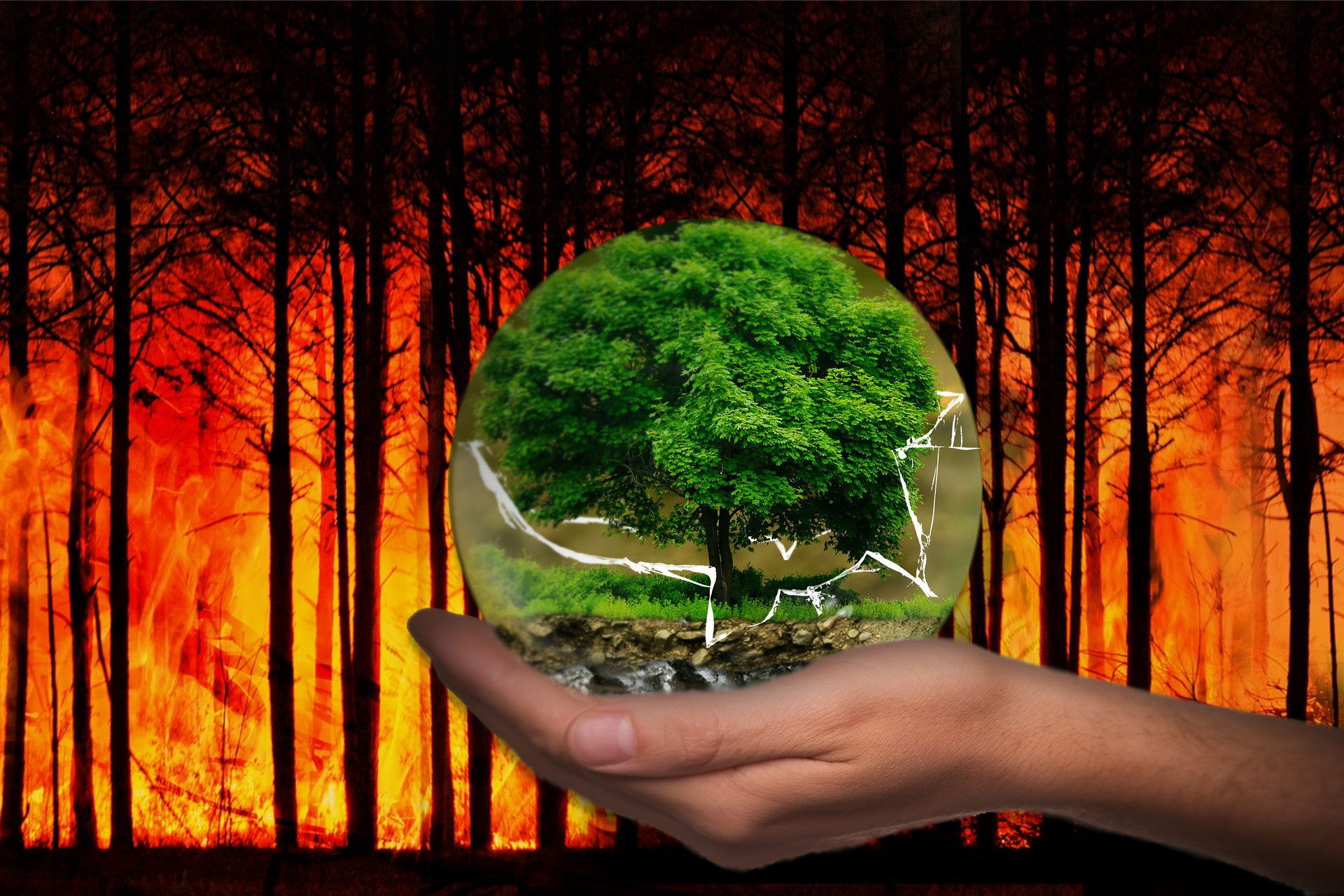Fundamental Disruptions to the Technological Basis of Human Civilization: the Destruction of the Biosphere and Climate Change

The global scientific community has long struggled to communicate the key issue of our time related to climate change. As the experts of the World Economic Forum note, all of the hottest years in history have occurred since 2005. Currently, compared to the pre-industrial period, the average global temperature is about 1.5 degrees above the average, and its increase occurs at an average rate of 0.2 degrees per decade (intelligence.weforum.org).
And the problem of global warming is primarily the result of human activity, particularly the burning of fossil fuels, agricultural activities that result in the emission of carbon dioxide, has caused the concentration of carbon dioxide in the atmosphere to increase by a third compared to the pre-industrial period, to more than 400 parts per million, and this in turn has had the effect of increasing heat trapping. And all this has consequences, in particular global warming affects the rise in sea level, changes in precipitation patterns, and as a result, some regions receive more precipitation, and in other regions, on the contrary - a severe drought.
According to the World Economic Forum, in 2020, the world experienced a staggering number of natural disasters that are directly related to climate change, and the damage from wildfires, droughts, hurricanes and floods exceeded $200 billion. Its annual losses from climate change leading to natural disasters are projected to reach $300 billion by the end of this century in the U.S. alone, according to the U.S. National Climate Assessment (intelligence.weforum.org).
The beginning of the transition to a low-carbon world is the Paris Agreement, which aims to intensify the implementation of the UN Framework Convention on Climate Change. It aims to limit the rise in average global temperature to 2 degrees by the end of the century compared to the pre-industrial period, and better to limit the rise to 1.5 degrees. If the warming exceeds this level, many ocean ecosystems will disappear. If warming reaches 2 degrees, global average sea level rise is projected to be about half a meter by 2100. By achieving the 1.5 degree target, the average global sea level rise could be reduced by 20%, which is estimated to protect 10 million people. In addition, a slower rise in global average temperature could help already-affected regions adapt to climate change. As the World Economic Forum notes, to reach the 1.5-degree target, countries now need to go beyond the original Paris Agreement commitments and commit to achieving zero carbon emissions by 2050, which requires radical changes in many aspects of modern society (intelligence.weforum.org).
Climate change is everyone's problem - each person today has 4 tons of CO2 and 400 kilograms of ash. Today, for the first time in history, the technological basis of human civilization has become internally contradictory. The key needs of modern civilization in materials and energy have given rise to key problems and risks associated with the destruction of the biosphere and climate change. And in this paradigm, it is a fact that the resources of the planet are insufficient to provide the benefits of modern civilization to all inhabitants of the Earth. The only way out is to rethink consumption patterns and the structure of material production, and, of course, to take individual responsibility.